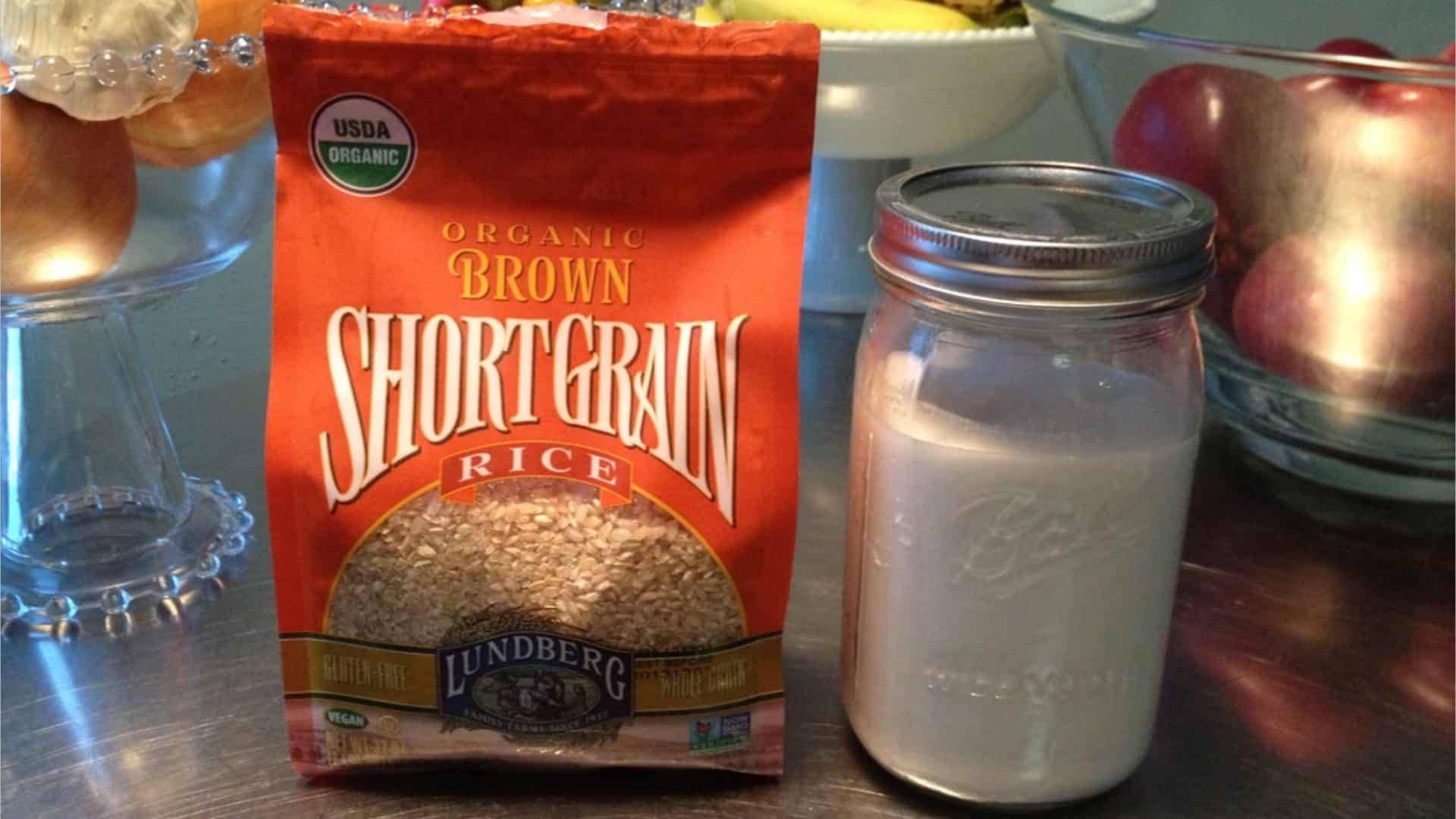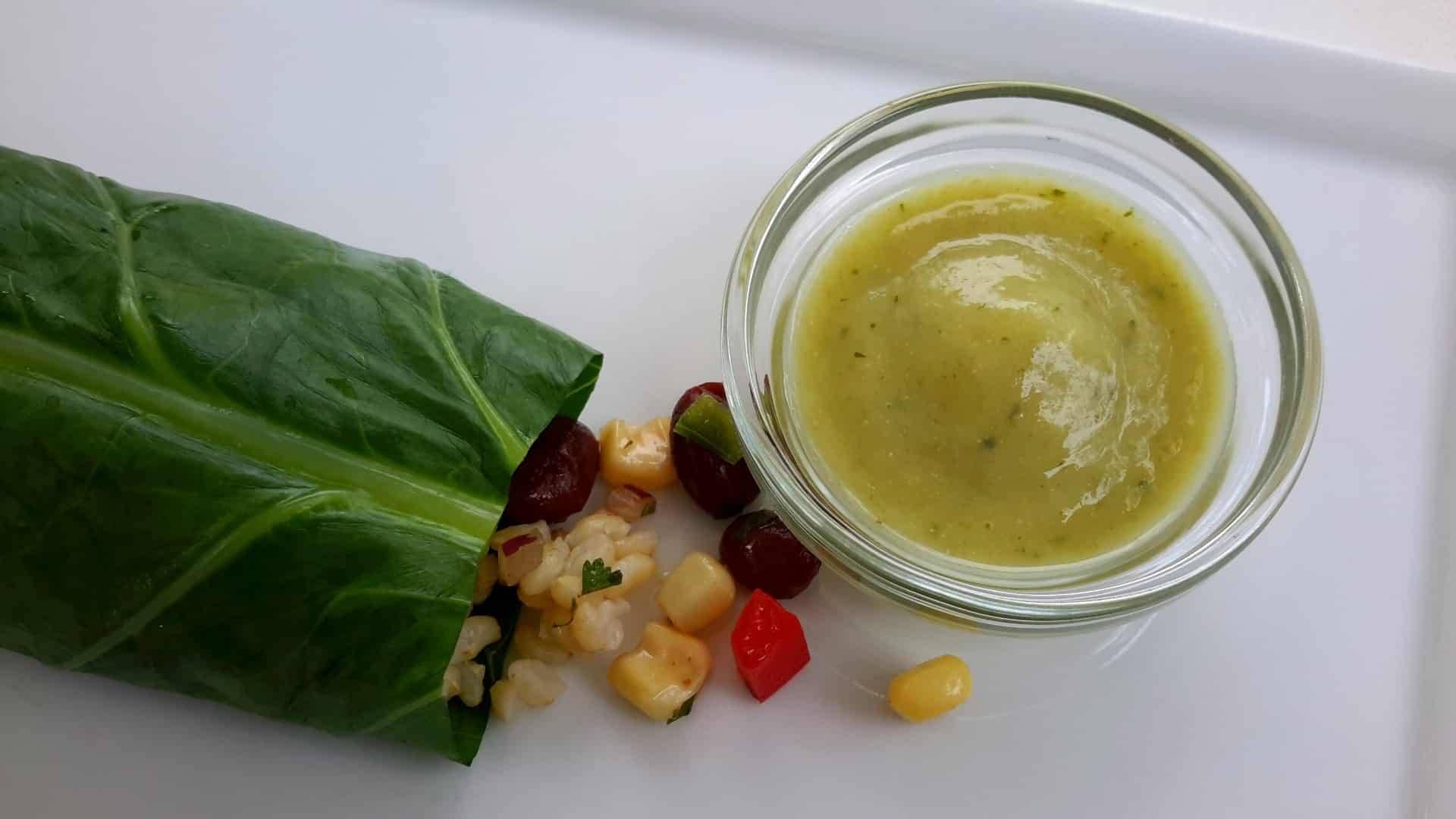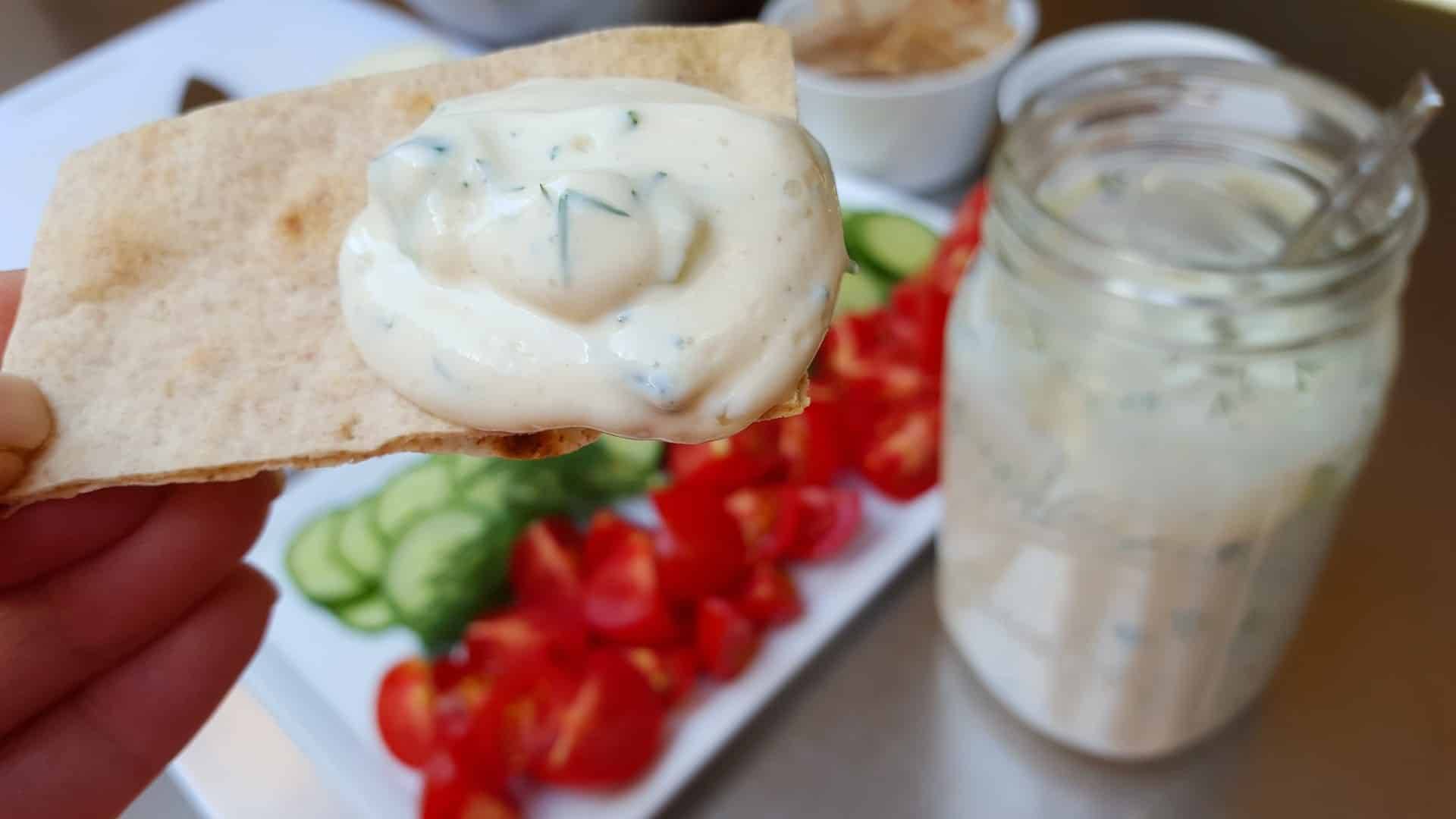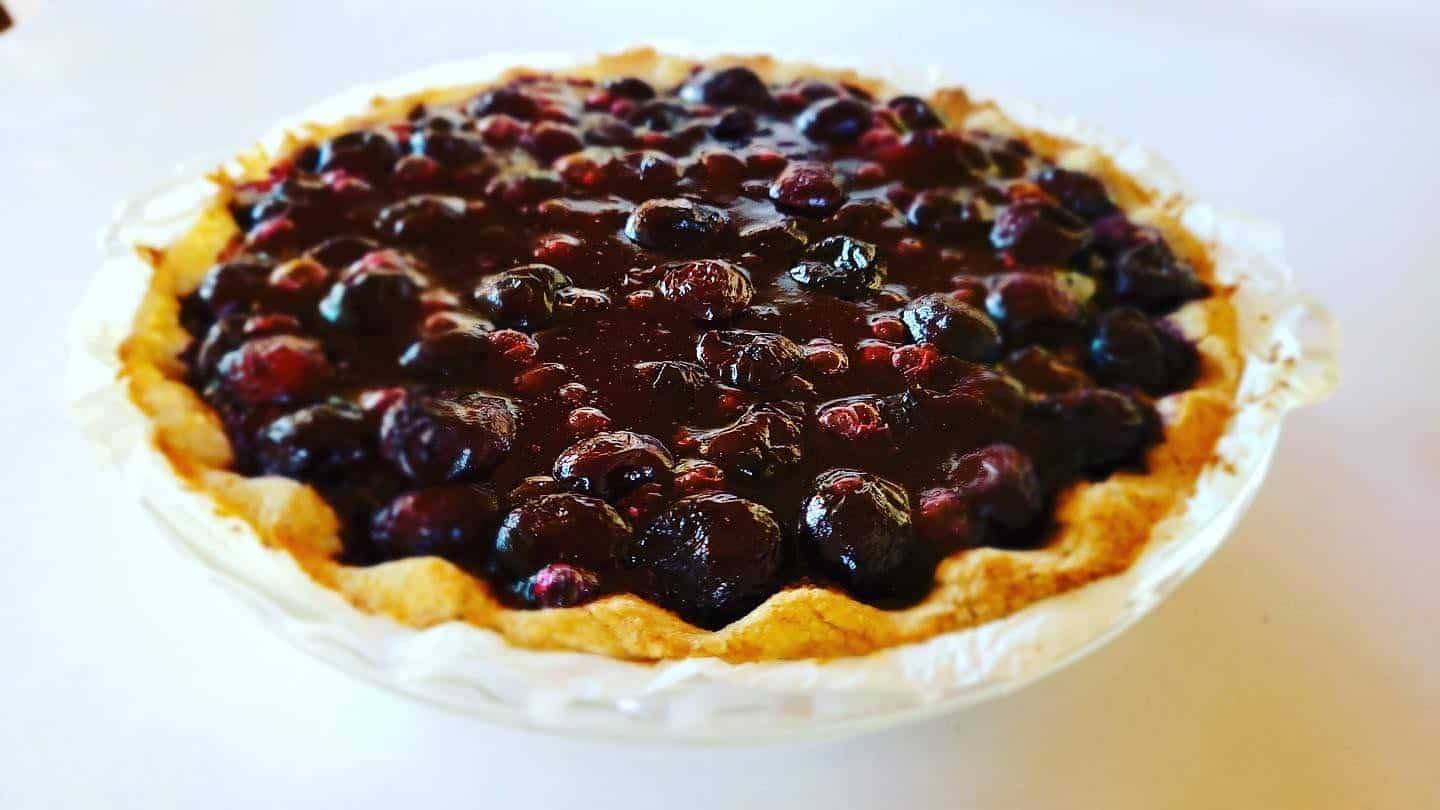Class #257 – How the Gut Microbiota Influences Our Behavior & Controls Our Wellbeing
Protective Diet Class #257 Notes:
How the Gut Microbiota Influences Our Behavior & Controls Our Wellbeing
This class covers how the gut microbiota controls our physical and mental wellbeing. Learn how to build a robust immune system and efficient metabolism by promoting a diverse resident microbiota with the long term practice of a Protective Diet and lifestyle.
Announcements
- Engage in our official support group, Protective Diet Living (PDL). Join Live Chats & Coaching Hour for personal assistance.
- Shop www.protectivediet.com/bulk, an independent source for low-cost, high-quality PD staples in bulk.
Vocabulary
| Gut Microbiome | Healthy Gut Bacteria | Short-Chained Fatty Acids (SCFAs) | Diversity |
| Endothelium | Hurtful Gut Bacteria | Neurotransmitter | Plant Fiber |
Action Steps for Healthy Microbes that Work for YOU
- Understand the Extent of the Microbiome’s Influence on Your Daily Life
- The influence of our microbiome on our daily quality of life is so extensive it is referred to as a supporting organ.
- We cannot change our genes, but we can manipulate our microbiome to work for us by promoting beneficial microbes.
- Making long term changes in diet and lifestyle in order to populate and protect a thriving, healthy microbiome is worth it.

| Our resident microbes are a bustling colony of 100 trillion microbes. We are 10 microbes for every human cell. The microbes include thousands of species of bacteria, viruses, yeast and fungus that may be helpful or harmful. Each person begins life with a unique microbial demographic composition, which can be changed through diet and lifestyle choices. The Microbiome Controls Our Wellbeing Through Several Key Functions | ||||||
| Good microbes use digestive enzymes to break down plant fiber. The ability to digest fiber improves with a healthy gut microbia. This fermentation process produces short-chained fatty acids (SCFAs) that are used in a host of important ways. Digestion | Healthy microbes produce essential nutrients: Vitamin K & K2 B Vitamins—riboflavin, thiamin, folate, B12 and Vitamin A. Healthy microbes increase absorption of essential minerals like calcium & iron for healthy bones, muscles & blood. Vitamin Synthesis and Absorption | Microbes that produce SCFAs boost metabolism, produce satiety hormones and reduce hunger, extract more nutrition from food and prevent fat storage. Obesity is linked to a decrease in healthy microbes. Metabolism | Food cravings are controlled by our resident bacteria. The foods you crave indicate the composition of your microbiome. A diet of fats, sugars, animal products & food additives populates bad bacteria, which demand a steady supply of those foods by sending cravings to the brain. Conversely, good microbes cause excitement around eating healthy foods. Dietary Preferences | Beneficial microbes produce SCFAs which are used to repair and protect against epithelial injury. Dementia, Alzheimer’s and Parkinson’s disease are linked to inflammation & bad bacteria promoting bad foods that lead to poor blood flow to the brain. Inflammatory Response | Good microbes are constantly fighting off bad microbes. Promoting a healthy, thriving microbiome population in our gut, mouth, eyes, and on our skin provides a protective barrier against a pathogen invasion, diseases, colds and viruses. Immunity | Beneficial microbes respond to good food and lifestyle choices by releasing happy neurotransmitters, governing our feelings of wellness, energy & excitement. A bad diet supports a thriving population of bad microbes, which leads to higher rates of depression. Mental illness is linked to poor gut health. Behavior and Mood |
- Notice Indications of Your Gut Microbiome Composition
| Bad Guys Thriving – Feelings of excitement when you look at, think about, prepare or eat foods full of fat, sugar, animal products & additives. – Difficulty giving up off-plan foods during the 30-day detox. – Out of control cravings for steak, cheese, etc. – The need to eat or snack constantly. No satiety. More hunger. – Low iron, calcium absorption/inflammation/get sick often. | Good Guys Thriving – Feelings of excitement when you look at, think about, prepare or eat fiber-rich plant foods such as kale and brown rice. – No desire for off-plan foods. Every bite is healthy and delicious. – Not driven by uncontrollable cravings. Crave healthy foods. – Greater satiety. No need for constant snacking. Less hunger. – Skipping meals, delaying meals or day fasting is easy. |
- Manage Your Microbes to Work for You
- Science has proven that we can improve our microbiome with long-term diet and lifestyle changes.
- What we eat is 5x more important than the DNA we were born with when it comes to the health of our microbiome.
- The healthiest microbiome is one that is resilient and diversified with a variety of good microbial species.
- Good “bugs” are resilient, protective, and easy to populate and support with a diverse, high-fiber, Protective Diet.
- Bad “bugs” need unhealthy food to survive. They are not resilient and die quickly without a constant feeding of bad foods.
- We want to populate with good flora so we are more inclined to choose healthy foods that feed those flora.
Increase Dietary Diversity–Increase produce and grain diversity for a broader, more resilient, diverse microbial population. Have something different each day and a variety of plant foods within each day. Each fruit, vegetable, grain or bean brings different microbes. Don’t just eat the same on-plan foods daily. Buy a different lettuce each week for different microbes.
Fiber—Eat fiber. It is fuel for the microbiome, which digests the fiber and produces protective short-chained fatty acids.
Include Fermented Foods–Probiotics (for life) in fermented foods promote living organisms. They are already loaded with healthy flora and when we take them in, they produce more healthy flora. They are also high in fiber. Yogurt is fermented.
Capsaicin—The heat of jalapenos, spicy chilies, cayenne pepper excites and promotes healthy microbes.
Catechins in tea increase lactobacillus and other probiotics; cacao limits pathogens; berries weaken salmonella.
Brown Rice—Brown rice and whole grain pasta have fiber, unlike white rice and white pasta. If you are just getting started, use white rice/pasta and increase fiber using fruits and vegetables. You will start craving higher fiber foods like brown rice.
Caraway Coffee—Caraway is correlated with gut microbiome ability to boost metabolism and burn fat.
Exposure Therapy–As the health of your microbes improves and you cultivate a healthy population, tastes will change and microbes will communicate excitement. Your taste will have a new normal. Take note of mood boosting foods and recipes.
Avoid Hyper-Cleanliness and Antibiotics–Healthy microbes populate our skin. Use regular soap, not anti-bacterial soap, to wash your hands. Julie uses Dr. Bronners Castile Soap. Avoid hand sanitizers. Bacteria extinction leads to disease.
Avoid Alcohol and Reduce Stress–Stress causes a decrease of lactobacillus and healthy gut microbial profiles.
Caloric Restriction–Excess calories decreases healthy flora. Don’t restrict. Restriction is not sustainable = bingeing. Find your sweet spot. Eat enough to support your energy needs and achieve satisfaction. Day fasting eliminates feelings of restriction.
Cooking Tips
- Caraway Coffee—caraway seeds are like your coffee beans. Buy organic caraway seed for the best value and taste. For fast, rich flavor, follow the pressure brewing instructions on the recipe. Julie demonstrates roasting caraway seeds here.
- MEAL IDEA: Potato Skins w/French Onion Dip or Buttermilk Ranch Dressing, Hot n Spicy Get Well Soon Soup.
- Serve soup over a bowl of Pressure Cooked Pasta instead of cooking pasta in the soup to better control the noodle texture.
- Mash bananas with a fork, just until “fork chunky” to get veins of banana throughout Banana Bread Under Pressure with Appeal.
Student Q&A
Q: Do studies say how long it takes to convert the microbiome from bad to good? (22:00)
Q: Where are most neurotransmitters produced? (27:20)
Q: What symptoms of depression do depressed mice exhibit? (27:48)
Encouragement
- The longer you eat a 100% Protective Diet, the easier it is to stay on plan and the more excitement you feel around healthy food because your good microbes are populated and thriving. This is another heavy duty reason to practice 100% fulltime long-term.
- The best defense to prevent a pathogen invasion or the transfer of bad bacteria from bad food, other people, animals and the environment is a healthy microbe population. Take good care of your microbiome and it will take care of you.
“We give our microbes shelter and food, and they work for us. When yours are working for YOU, it will surprise you how good ‘healthy’ can taste without fat or sugar. Give yourself the chance to populate a healthy, thriving gut flora.”
Recommended Recipes
| Asian Style Kale | Jerry’s Organic Plant Based Yogurt | Blue Chai | No-Knead Brine Bread |
| Probiotic Pepper Sauce | Broccoli in Garlic Sauce | African Red | Tuber Tonic |
Recommended Classes
| #265 What’s Your Food Mood | #228 Benefits of Fermented Food | #267 Finger Salad, Chips & Dip for Dinner |
| #272 Allergies & the Microbiome | #206 Tea Ritual for Protection | #243 Health Benefits of Spicy Food |
This class covers how the gut microbiota controls our physical and mental wellbeing. Learn how to build a robust immune system and efficient metabolism by promoting a diverse resident microbiota with the long term practice of a Protective Diet and lifestyle.
Tagged with: Diversity • Endothelium • Gut Microbiome • Healthy Gut Bacteria • Hurtful Gut Bacteria • Neurotransmitter • Plant Fiber • SCFA • Short-chained fatty acidsClass URL: https://protectivediet.com/courses/protective-diet-education/lessons/class-257-how-the-gut-microbiota-influences-our-behavior-controls-our-wellbeing/








Responses